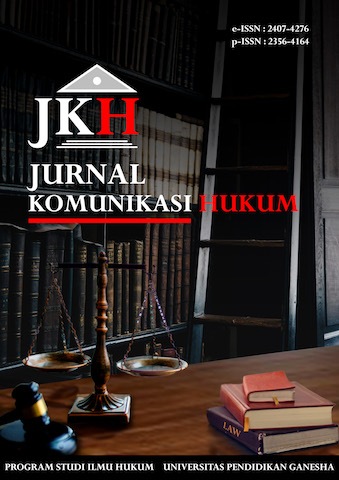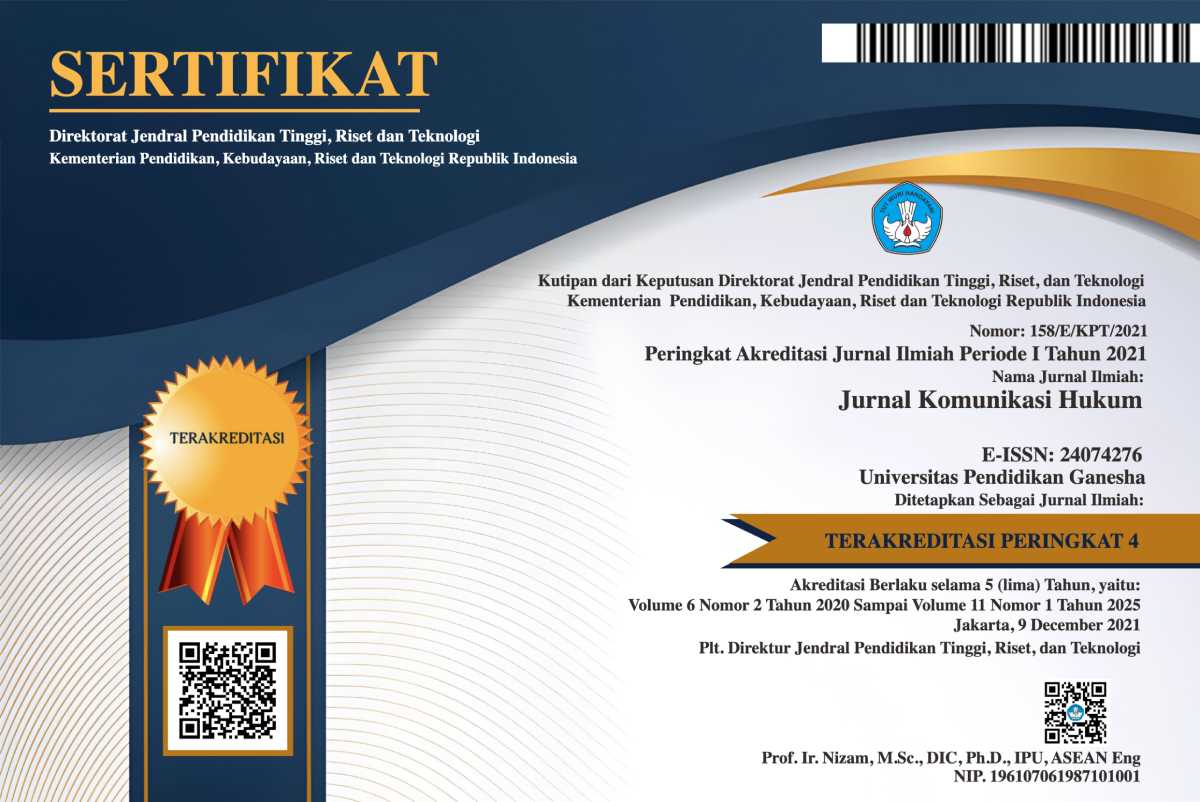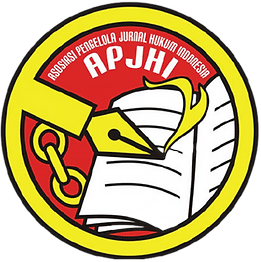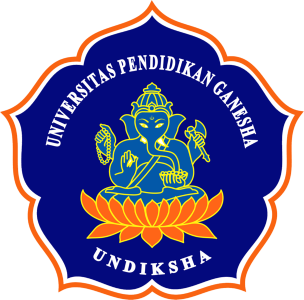PERLINDUNGAN HUKUM TERHADAP WARISAN BUDAYA INDONESIA GUNA MENANGGULANGI KLAIM DARI NEGARA ASING DITINJAU DARI HUKUM INTERNASIONAL
DOI:
https://doi.org/10.23887/jkh.v8i2.52020Abstract
This research aims to (1) find out and understand the legal protection of Indonesian cultural heritage, the protection made by the Indonesian state itself as a form of effort to protect its national wealth, then the protection of Indonesian cultural heritage in terms of international law, and (2) know and understand the claims on Indonesian cultural heritage made by foreign countries. The type of research used is normative juridical research. The approach used in this research is the statutory approach, and the conceptual approach, and the case approach. The legal material analysis techniques used in this study are description, analysis, and argumentation techniques. The legal material studied is the 1998 Rome Statute. The results show that (1) legal protection of Indonesian cultural heritage has been carried out with various efforts by the Indonesian government as the regulator to ensure the preservation of Indonesian cultural heritage by issuing Law no. 28 of 2014 concerning Copyright then with Law no. 5 of 2017 concerning the Advancement of Culture. In terms of international law, there are 2 types of protection that can be associated with cultural heritage, namely soft law, which is a voluntary law, and hard law, which is law that has binding force and has sanctions if violated. (2) Efforts to claim Indonesian cultural heritage by other countries have not occurred only once. The claims made even involve the United Nations International Agency which is specifically engaged in the field of culture, namely UNESCO. Cultural heritages that have been claimed include Batik, the song "Rasa Sayange", Wayang Kulit, Angklung.
Downloads
Published
How to Cite
Issue
Section
License
Authors who publish with this journal agree to the following terms:- Authors retain copyright and grant the journal right of first publication with the work simultaneously licensed under a Creative Commons Attribution License that allows others to share the work with an acknowledgement of the work's authorship and initial publication in this journal.
- Authors are able to enter into separate, additional contractual arrangements for the non-exclusive distribution of the journal's published version of the work (e.g., post it to an institutional repository or publish it in a book), with an acknowledgement of its initial publication in this journal.
- Authors are permitted and encouraged to post their work online (e.g., in institutional repositories or on their website) prior to and during the submission process, as it can lead to productive exchanges, as well as earlier and greater citation of published work (See The Effect of Open Access).
Authors who publish with this journal agree to the following terms:
- Authors retain copyright and grant the journal right of first publication, with the work [SPECIFY PERIOD OF TIME] after publication simultaneously licensed under aCreative Commons Attribution License that allows others to share the work with an acknowledgement of the work's authorship and initial publication in this journal.
- Authors are able to enter into separate, additional contractual arrangements for the non-exclusive distribution of the journal's published version of the work (e.g., post it to an institutional repository or publish it in a book), with an acknowledgement of its initial publication in this journal.
- Authors are permitted and encouraged to post their work online (e.g., in institutional repositories or on their website) prior to and during the submission process, as it can lead to productive exchanges, as well as earlier and greater citation of published work (See The Effect of Open Access).












